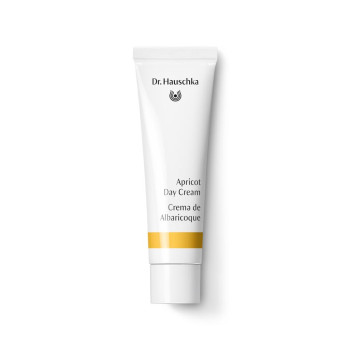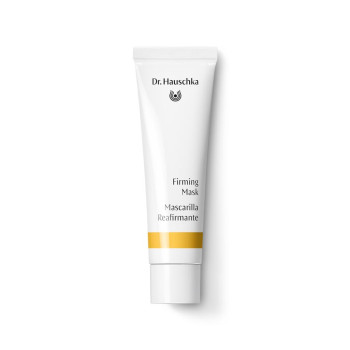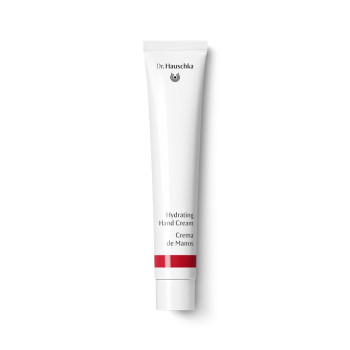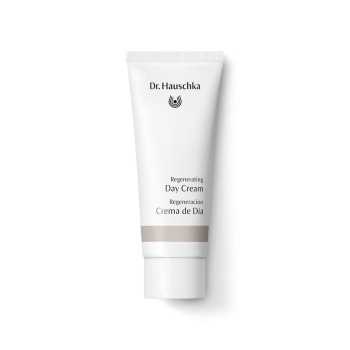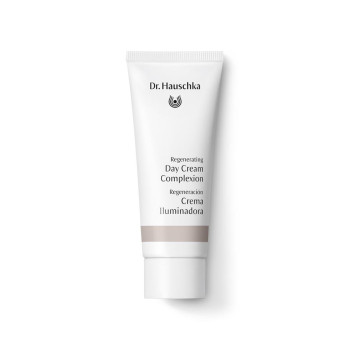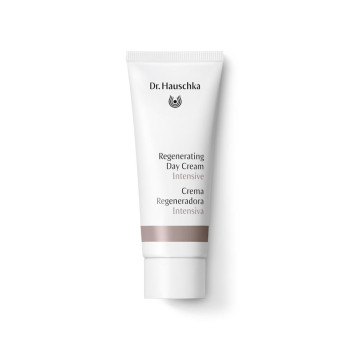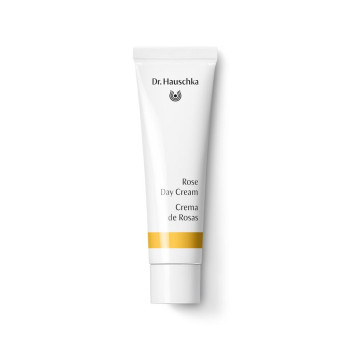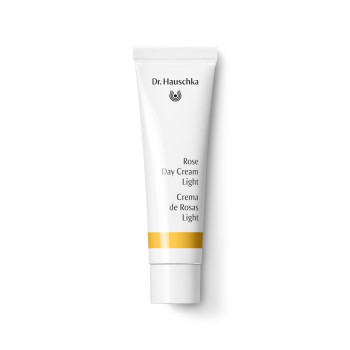
Marsh mallow
Synonyms: mallow, white mallow, common marsh-mallow, marshmallow, mortification root, sweet weed, wymote
Scientific Name: Althaea officinalis L.
Family: Malvaceae
Habitat
The Caspian Sea, the Black Sea, the eastern Mediterranean.
Constituents
Mucilage, pectin, flavonoids.
Description
Any gardening enthusiast must have come across mallows. Their perennial sibling, the marsh mallow, is very similar, as would be expected as they are from the same family. It is also called the white mallow because, unlike its sister, it has white flowers which are a light violet at the base. Large and arranged in bunches, they open from June until August. Striking are the strongly notched leaves, which are arranged in spirals on the stems that grow up to a height of 5 ft/1.5 m. They are covered on both sides with velvety, felt-like hairs and have a bluish-green appearance. The marsh mallow is best-suited to salt-containing or chalky soils. It is also at home in damp meadows and on embankments.
Interesting Facts
Virgil found the marsh mallow among the Celts of the plain of the Po and recorded its name in Latin as ibiscum. In Old High German this became ibisca, in Middle High German ibische, and then later it became Eibisch (the German name for marsh mallow). The scientific name Altheae comes from the Greek althein = to heal.
Charlemagne encouraged the growing of marsh mallow in small gardens on farms on account of its beneficial effect.
There is a popular belief that burning marsh mallow cleanses and clears the house and the farm. The mucilage in which converted sugar is stored is the energy reserve of the marsh mallow.
Therefore the mucilage content of the marsh mallow root increases throughout the winter and, after spring, when the energy is needed for growth, decreases again. This is why the marsh mallow root is harvested in winter in the WALA herb gardens, generally from the middle of January on dry days.
The plant from another perspective
The marsh mallow has learned to cope with the drying areas of salt-containing soils. This can be seen in its ability to keep its roots fleshy and full of water and to form many mucilage cells within. This ability to maintain a balanced moisture content against extreme external conditions is used as a model for the skin.
The plant in our products
Dr. Hauschka skincare products use both the leaves and the roots because of their moisturizing properties. An essence of the leaves is found in:
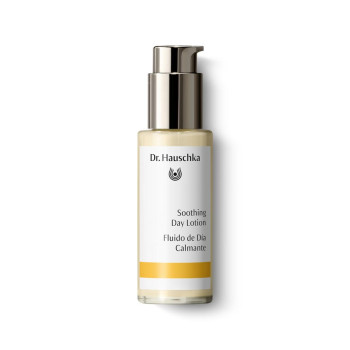
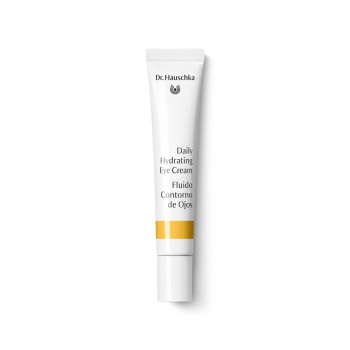
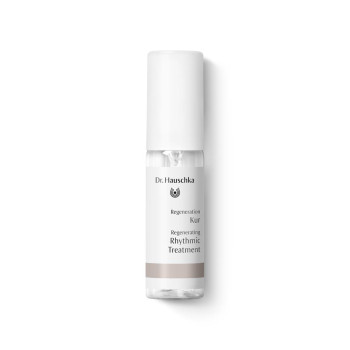
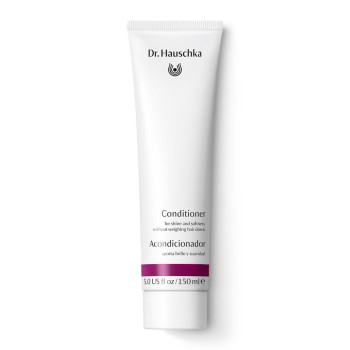
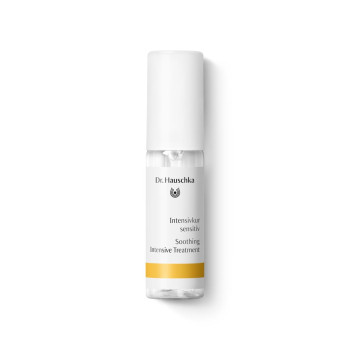
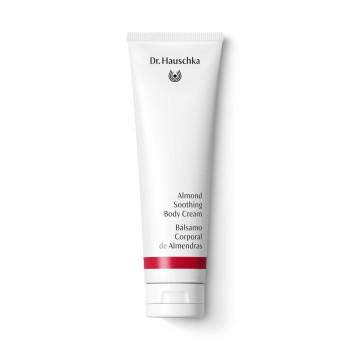
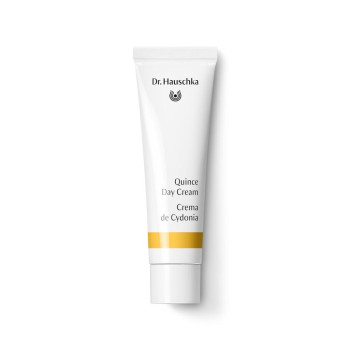
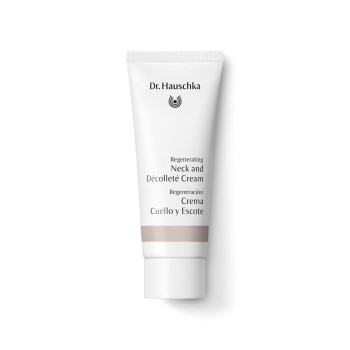
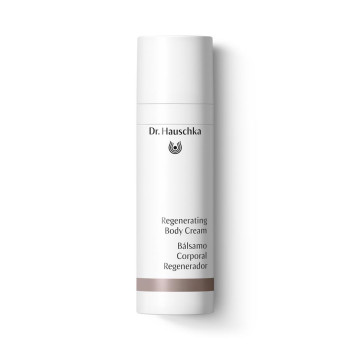
An extract of the root drug is used in:
